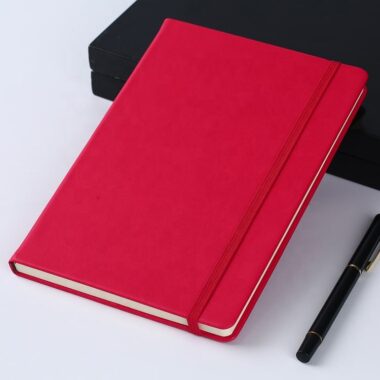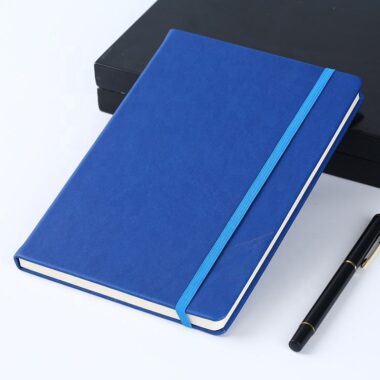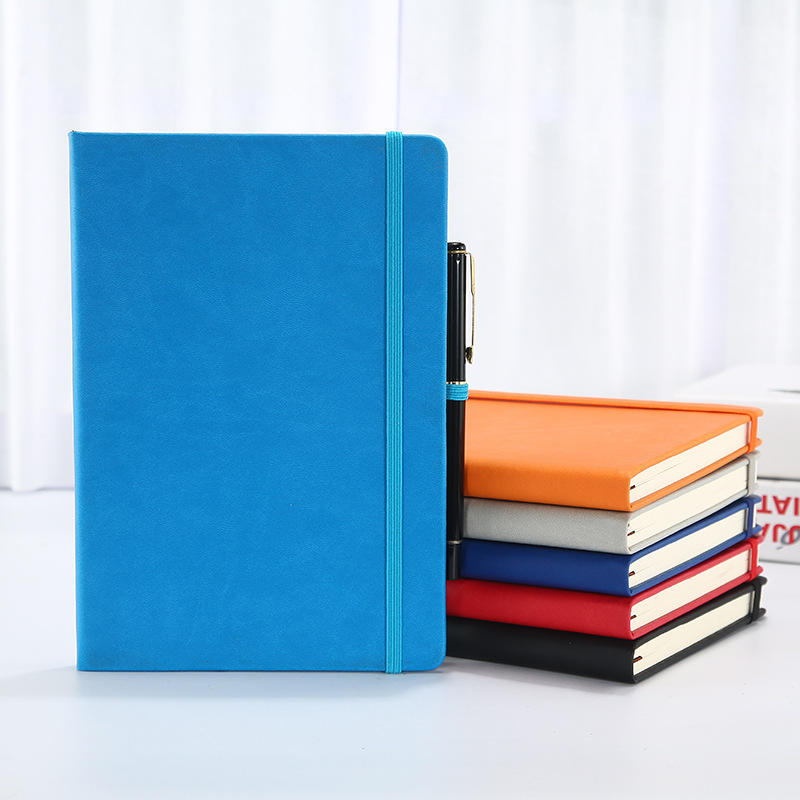Branding Methods: Foil, Deboss, Silk-Screen, UV, and Digital Print
Introduction
In the competitive world of stationery and corporate gifting, branding is what transforms a simple notebook into a powerful marketing tool. Buyers sourcing notebooks for retail shelves, corporate events, or promotional campaigns often demand customized branding methods that enhance perceived value and strengthen brand identity. Among the most popular options are foil stamping, debossing, silk-screen printing, UV coating, and digital printing. Each method has its strengths, costs, and ideal use cases.
Foil Stamping: Elegant and Timeless
Foil stamping uses metallic foil and heat to create shimmering effects on notebook covers. It is especially popular for premium retail products and executive gifts. Gold and silver foils remain classics, but colored foils allow brands to stand out further. While more costly, foil adds a sense of luxury that justifies higher retail pricing.
Retailers working with a Notebook Supplier often choose foil stamping for limited-edition collections that require elevated presentation.
Debossing: Subtle and Professional
Debossing presses a design into the notebook cover, creating a tactile impression. It works particularly well on leather, PU, and thick card covers. Debossed logos deliver understated elegance, ideal for corporate clients who want a professional, premium look without flashy colors. Combined with foil, debossing can create a layered branding effect.
Silk-Screen Printing: Bold and Cost-Effective
Silk-screen printing is one of the most economical branding methods, especially for high-volume retail notebooks. It applies ink directly onto the surface, making it suitable for bold logos or large-scale designs. Buyers targeting student or office supply markets often prefer silk-screen because of its affordability and wide color flexibility.
UV Printing: Gloss and Highlight Effects
UV printing applies a clear, glossy layer that highlights specific design elements such as logos or titles. It enhances visual contrast and creates a premium “spot gloss” effect, often used in combination with matte covers. This method is widely chosen for retail notebooks where shelf appeal plays a decisive role.
Digital Printing: Versatile and Flexible
Digital printing allows for full-color, high-resolution designs at relatively low setup costs. It is ideal for smaller runs or highly customized projects. Corporate buyers who require multiple designs across different departments often prefer digital printing because it offers flexibility without the need for expensive setup plates.
An experienced Custom Notebook Supplier can recommend the right digital printing specifications for logos, artwork, and personalization projects.
Choosing the Right Method
When deciding on a branding method, buyers must balance:
-
Volume: Silk-screen suits bulk orders, while digital excels in smaller batches.
-
Budget: Foil and debossing are premium options; silk-screen and digital are cost-effective.
-
Market: Corporate clients lean toward debossing and foil, while retail notebooks often benefit from digital and UV printing.
Conclusion
Branding is what sets a notebook apart in both retail and corporate markets. From the elegance of foil stamping and debossing to the practicality of silk-screen and the versatility of digital printing, each method serves different purposes. Buyers who understand these techniques can make smarter sourcing decisions that align with their budget, market positioning, and customer expectations. Partnering with a professional Notebook Supplier and a Custom Notebook Supplier ensures access to the right methods, quality consistency, and scalable solutions for every branding project.















